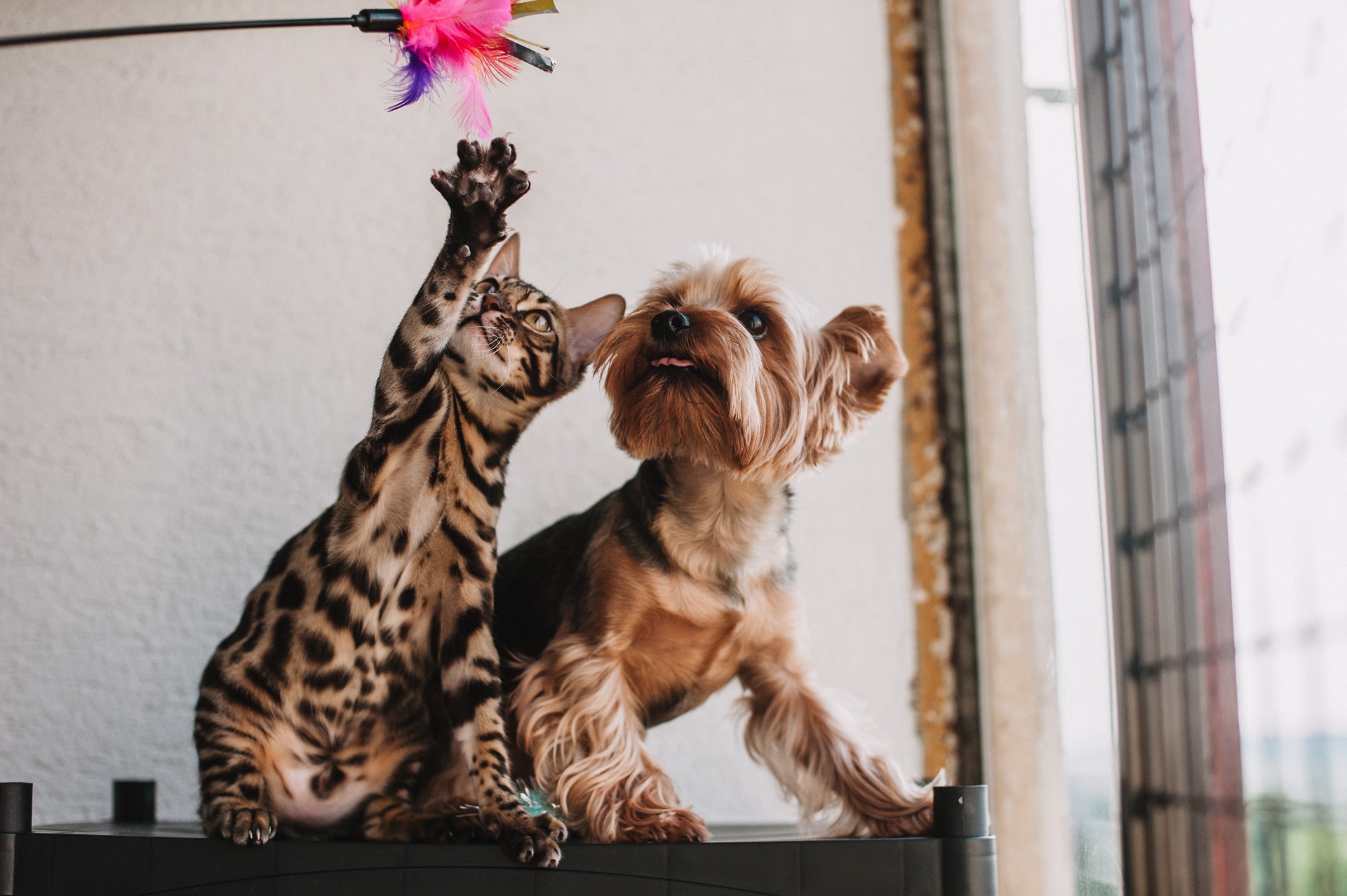April 25, 2013
Written By: VetriScience
Topics: Uncategorized
April 25, 2013
By Vonda Ellinger
 Ah, you're finally laying down in a cool dark room, your head comfortably resting on a pillow, and your all snuggled up in a warm, fluffy comforter. It’s been a long day at work, and an even more hectic evening running errands. After you finally get to sleep, and begin to dream peacefully, you hear a wretched sound!
Ah, you're finally laying down in a cool dark room, your head comfortably resting on a pillow, and your all snuggled up in a warm, fluffy comforter. It’s been a long day at work, and an even more hectic evening running errands. After you finally get to sleep, and begin to dream peacefully, you hear a wretched sound!
Somewhere nearby, your cat is making hacking noises and coughing up something horrendous! Do you get up now and take care of the lovely gift your feline friend has left you, or do you get comfy again, only to pick it up in the morning and risk the chance of stepping on it.
For all of us who have been chosen as the servants of select feline friends, we know these to be hairballs, or trichobezoars, as we call them in the veterinary industry.
 So how do these wonderful presents develop and find their way to your carpet?
So how do these wonderful presents develop and find their way to your carpet?
While your cat is happily grooming during the day, a certain amount of hair is caught in her rough tongue and swallowed. The more she grooms, the greater the chances for a hairball (trichobezoar) to develop. In most cases, they are harmless, though, not so fun to discover. If your cuddly kitten leaves these for you often, you may need to help her with grooming and the management of her trichobezoars.
Most hairballs are around an inch long, and about ½ inch wide. They can be longer, and I have assisted one of my Veterinarians in the anesthetized removal of one that was over an inch thick and 7 inches in length!
Well, now you can say you know what a trichobezoar is and hopefully you'll be prepared the next time you encounter one!
Topics: Uncategorized
April 12, 2019 | Supplements
There’s nothing worse than seeing and hearing your cat hack up a hairball. Unfortunately, it’s an all too common experience for many cat owners. We love our kitties like family but fur balls aren’t...

August 23, 2023 | Supplements
The VetriScience® team is always working hard on our products to make sure that we're offering the highest-quality pet supplements on the market. Because we're always innovating, creating new...
December 12, 2017 | Supplements
Getting to Know: Dr. Elizabeth DeLomba Dr. Elizabeth DeLomba, DVM MBA is the Senior Veterinary Services Consultant at VetriScience . She’s a veterinarian with nearly 30 years of combined experience...

Copyright © 2023–present VetriScience. All rights reserved.